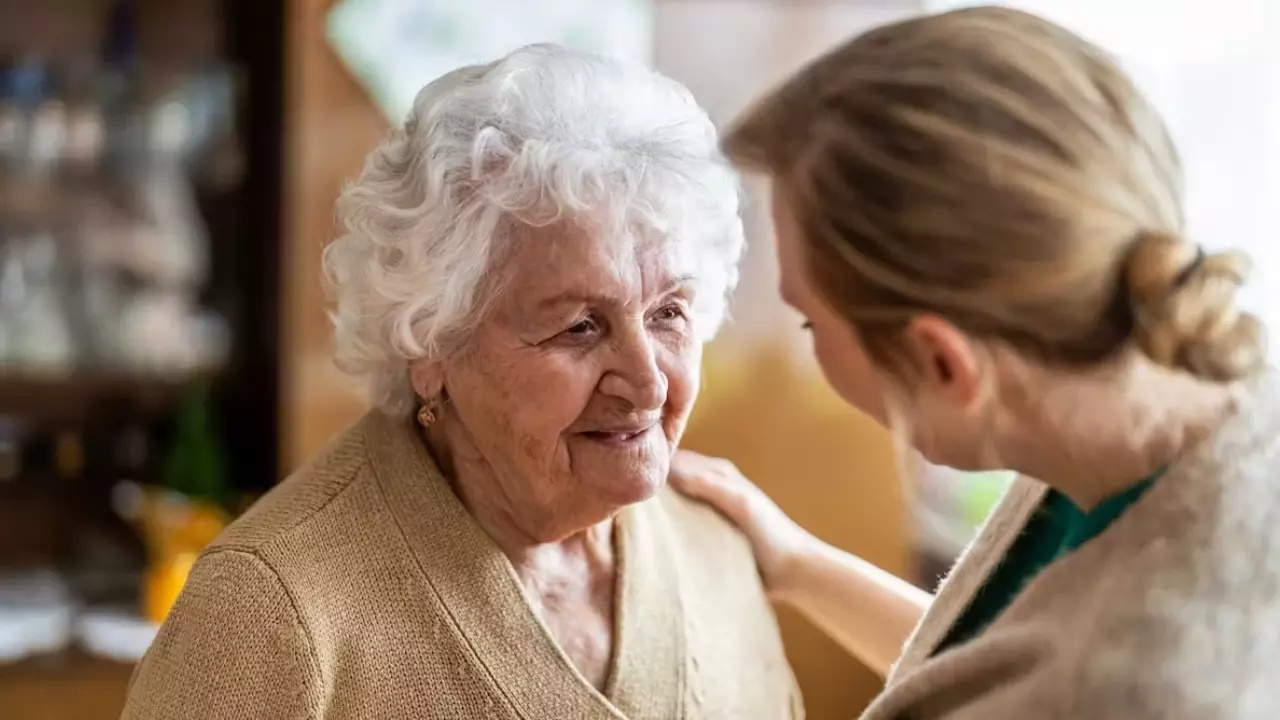ARTICLE AD BOX

Imagine walking into a room and realizing that the person smiling at you, the one you’ve shared a lifetime of dinners, holidays, and tears with, doesn’t spark a flicker of recognition.For the millions of families touched by Alzheimer’s disease (AD), this is their heartbreaking reality. It’s not just memory loss in general — it’s the moment when your loved one stops recognising you. It’s the fading away from memory, even when you’re alive and around.Alzheimer’s disease, the most common cause of dementia, slowly robs people of memory, independence, identity, and even their personality. According to the World Health Organization (WHO), over 55 million people live with dementia globally, and Alzheimer’s makes up around 60–70% of those cases.But what could possibly be the reason behind forgetting the loved ones?New research may finally have an answer.
Alzheimer’s and the loss of memory
When someone with Alzheimer’s disease no longer recognises a spouse, child, or lifelong friend, it often feels like their inner world has slipped away. For decades, the hallmark features of Alzheimer’s – the accumulation of amyloid-beta plaques and tau tangles — have dominated the search for causes and treatments.
Yet one of the most devastating early symptoms for many patients is not simply forgetting facts or misplacing keys, but losing the ability to recognise someone they have known for years.Until now, scientists have largely focused on the build-up of protein “plaques” and tangles in the brain as the cause of memory loss. But new research from the University of Virginia School of Medicine (UVA) may finally explain why Alzheimer’s patients forget the people who matter most, and may offer the first real hope of treating this specific type of memory failure.So, why does this type of memory, often called “social memory,” vanish so early? The team at UVA may now have a compelling answer.

What does the research say
Led by Harald Sontheimer (chair of UVA’s Department of Neuroscience) and graduate researcher Lata Chaunsali, the study explores the role of specialised brain structures called perineuronal nets (PNNs) — mesh-like extracellular matrices that envelop certain neurons and help stabilise neural connections.
The researchers found that when these protective nets degrade, the ability to remember familiar people fades, even if other forms of memory (such as recognising objects) remain intact.In experiments using a mouse model of Alzheimer’s, the scientists found that PNNs around neurons in a brain region called CA2 (in the hippocampus) started appearing thin and patchy as the disease progressed. The mice lost their ability to distinguish familiar mice from strangers — a behavioral marker of social memory loss — even though their object-recognition memory was still preserved.What this suggests is that the breakdown of PNNs — not just classic plaque or tangle pathology — may drive the early failure to recognise loved ones.
What are the findings
What makes the findings particularly striking is that the PNN degradation appears to occur independently of amyloid plaque burden. In other words, the nets can vanish and trigger memory loss even when plaques are not yet dominant, implying a new pathway for Alzheimer’s symptoms.Based on this insight, the UVA team tested whether blocking the enzymes that degrade PNNs could preserve memory. They used inhibitors of matrix metalloproteinases (MMPs), enzymes known to break down extracellular structures, and found that treatment prevented PNN loss and helped mice retain social memory.

What does this mean for AD patients and families
First and foremost, it provides a clearer mechanistic explanation of a heartbreaking symptom: the moment when a parent or partner “doesn’t know” a familiar face anymore.
As Sontheimer put it, according to UVA Health Newsroom, “Finding a structural change that explains a specific memory loss in Alzheimer’s is very exciting… It is a completely new target, and we already have suitable drug candidates in hand.” Secondly, it opens the door to potential therapeutic strategies aimed at protecting PNNs or inhibiting MMPs, thus preserving social memory. Although the work is still pre-clinical (in mice), the fact that some MMP inhibitors have already been studied in cancer or arthritis research gives hope for a somewhat accelerated translational path. For caregivers and families, the insight also suggests value in early detection and intervention: if social memory fades first, then monitoring a loved one’s recognition of family or friends might offer an earlier signal of Alzheimer’s progression than memory for objects or facts. It reminds us that Alzheimer’s isn’t simply about forgetting what happened, but also forgetting who we are to one another.
Careful considerations
Although this research comes with a silver lining, the researchers emphasise caution.
According to them, more research is needed on the safety and effectiveness of their approach before it can be considered and applied in humans.The translation from mouse to human brains is complex, and human trials may still be a few years away. But the concept of preserving the brain’s “scaffolding” rather than just removing plaques offers a refreshing and hopeful shift in the right direction.

 1 hour ago
3
1 hour ago
3








 English (US) ·
English (US) ·